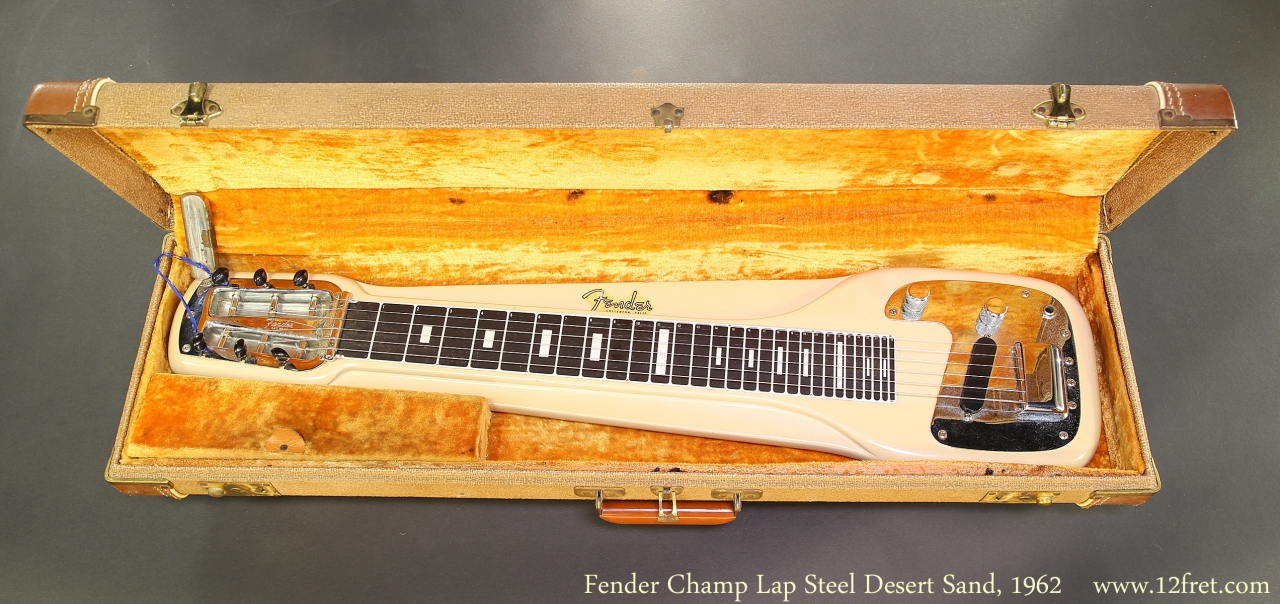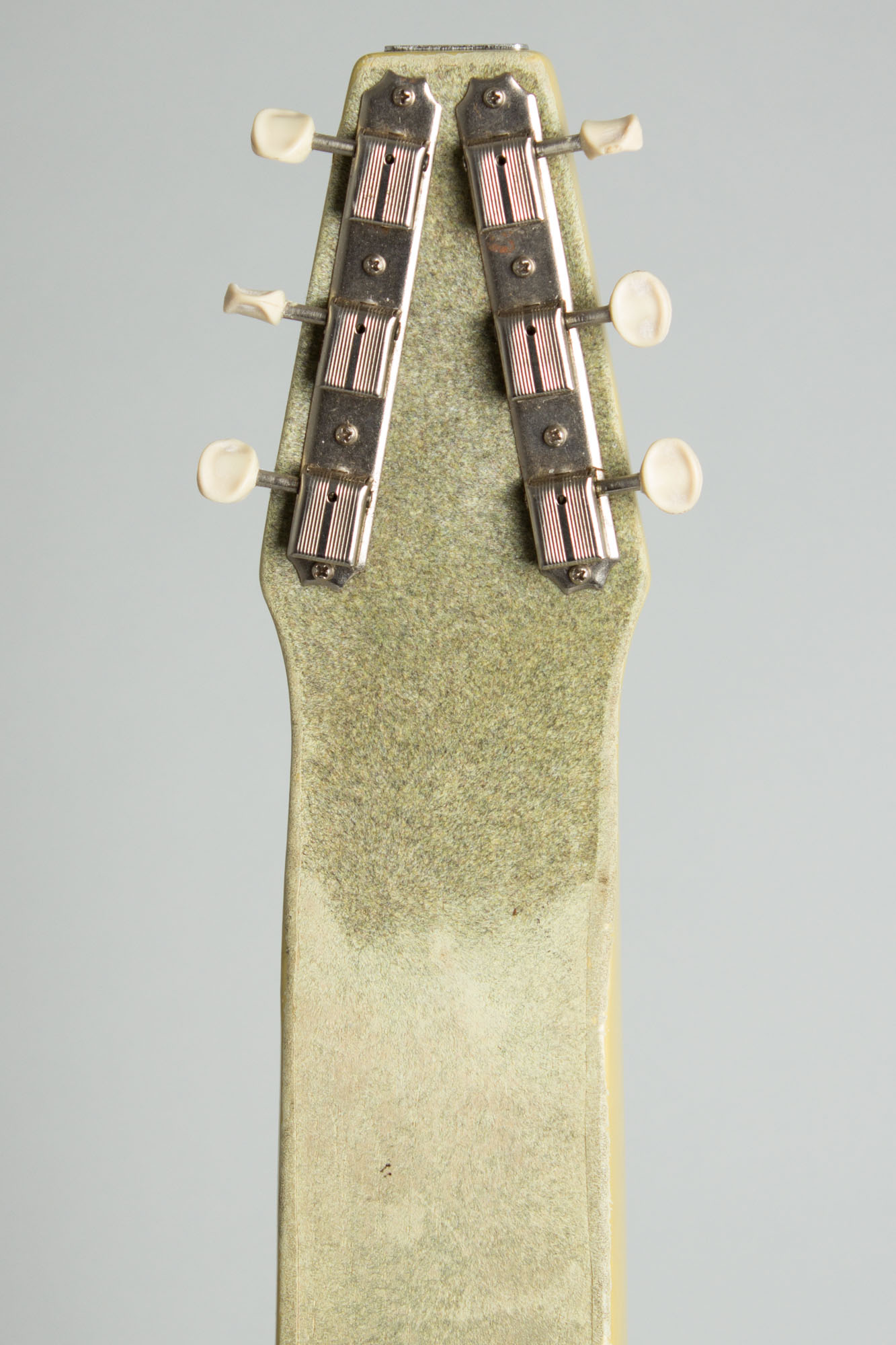

- BLUE FENDER CHAMPION LAP STEEL SERIAL NUMBER
- BLUE FENDER CHAMPION LAP STEEL SERIAL
- BLUE FENDER CHAMPION LAP STEEL PLUS
The Broadcaster was introduced to the public by Fender in 1951, with a price tag of $169.95 plus $39.95 for the case. Radio was a king in those days and Leo was a radio repair guy, so the name reflected this, as it was called the Fender Broadcaster. So the solution was to give the new two pickup model a new name and discontinue the Esquire one pickup model. One issues was the early pre-orders were actually for the one pickup Esquire which was a bit cheaper to manufacture. In 1951, Fender offered the first mass-produced solid-body Spanish-style electric guitar, which had two pickups and a truss rod. Leo was out to design what he thought was a better guitar for working musicians. Since Leo rented PA equipment, he was well aware of the feedback issues that a hollow body electrified guitars had. Many small combos were now playing boogie-woogie, rhythm and blues, western swing, and honky-tonk in roadhouses and dance halls which Leo realized created a growing need for louder, cheaper, and more durable guitars. Working musicians would appreciate a guitar that was inexpensive, plus easy and quick to repair. If their guitar was being repaired they could not earn a living. If the guitar was damaged or the frets wore out, the repairs would be costly and time consuming. He determined that many of the players back in those days, owned maybe one guitar. Leo developed a good idea for what they wanted in an instrument. Fender had ben making lap steel guitars for a few years. Leo spent a great deal of time talking to local Country & Western musicians that he knew. Merle Travis with Paul Bigsby Solid Body Guitar After losing another job as an accountant at a Tire company due to downsizing after only six months, Leo had enough with balancing numbers. However, his government job was eliminated due to cut backs. Leo married his fist wife, Esther Klosky in 1934 and took a responsible job with California Highway Department in San Luis Obispo. Fender was eventually contracted to build six of these PA systems. You could not drive over to Guitar Center or Sam Ash in those days. While working as an accountant, a local band leader asked Leo if he could build a public address system for use by the band at dances in Hollywood. He later became a bookkeeper and learned a bit about running a business. Leo never took any kind of formal electronics training.

He continued to teach himself electronics, and tinker with radios and other electrical items. Leo was fascinated with radios and soon began repairing them in a small shop in his parents’ home.Īfter graduating from Fullerton High School, Leo attended Fullerton Junior College where he studied to be an accountant. His uncle, who ran an automotive-electric shop was a big influence on him. Leo showed an interest in tinkering with electronics at a very early age. His parents Clarence Monte Fender and Harriet Elvira Wood, were owners of a successful orange grove located between Anaheim and Fullerton, California. (But I'll bet it comes out mid/late '50s with the leading hyphen.Leo Fender, inventor, innovator and savvy businessmanClarence Leonidas “Leo” Fender was born in 1909 and grew up in California. If you take off the tuner pan, you should be able to find a date of manufacture pencilled in on the wood under it.Ī web site devoted to acoustic & electric lap steel guitars
BLUE FENDER CHAMPION LAP STEEL SERIAL
There's no way to tell from the serial number. Anyone know roughly what year this is from?
BLUE FENDER CHAMPION LAP STEEL SERIAL NUMBER
My favorite lap-steel is a blonde Fender 6-string champ with the serial number -00622. Your profile | join | preferences | help | search Dating Fender Lap-Steel - The Steel Guitar Forum INSTRUCTION


 0 kommentar(er)
0 kommentar(er)
